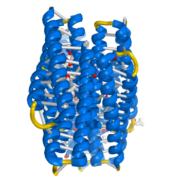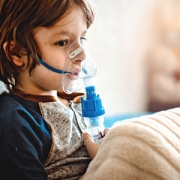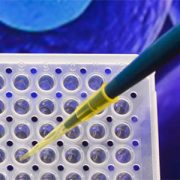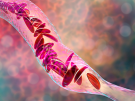Allergist taps into biologics to treat asthma
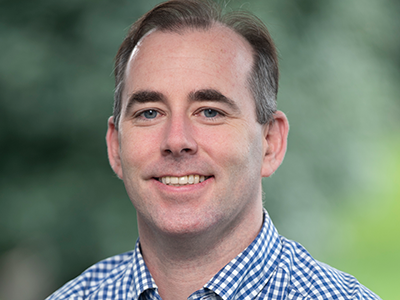 William Sheehan, M.D., joined Children’s National Hospital in 2017 as a board-certified allergist and immunologist with a passion for helping patients with asthma, allergies, eczema and immunodeficiency. During his fellowship at Children’s Hospital of Boston, he investigated the impact of inner-city and school environments on children’s asthma, and he found reward in helping children breathe easier. Dr. Sheehan will be discussing the impact of the environment on childhood asthma at the upcoming CNH-NIAID Symposium on Promoting Child Health: From Environmental Challenges to Pandemic. He shared with Innovation District an overview of his research and his hope for using biologics to treat asthma.
William Sheehan, M.D., joined Children’s National Hospital in 2017 as a board-certified allergist and immunologist with a passion for helping patients with asthma, allergies, eczema and immunodeficiency. During his fellowship at Children’s Hospital of Boston, he investigated the impact of inner-city and school environments on children’s asthma, and he found reward in helping children breathe easier. Dr. Sheehan will be discussing the impact of the environment on childhood asthma at the upcoming CNH-NIAID Symposium on Promoting Child Health: From Environmental Challenges to Pandemic. He shared with Innovation District an overview of his research and his hope for using biologics to treat asthma.
Q: Could you talk about the research you have been involved in?
A: Since my fellowship, my work has been specifically targeting the interaction between environmental exposures in school and asthma. By intervening in the school environment, we could help dozens of children with asthma. In recent years and here at Children’s National, I have become interested in research regarding using biological medicines to treat inner-city children with asthma. These antibody medications, given by injection, target cells that cause inflammation and are used in children who have severe asthma that is not responding to conventional therapies.
Q: What is new about biologics for treating childhood asthma? How are researchers at Children’s National contributing to the field?
A: The first biologic medicine for treating asthma, called Omalizumab, was approved in 2003. In the last five years, four more biologics have been approved for treating childhood asthma, with more in the pipeline. At Children’s National, we have been trying to identify which biologic therapy is most effective for a particular child with asthma by looking at specific biomarkers. We also are examining new biomarkers that may be beneficial. Specifically, we are looking at the levels of regulatory B cells, an immune cell that acts as a brake to control allergic inflammation. We have shown that these cells are lacking in children with severe asthma and may make these children better candidates for biologic therapies.
Q: How prevalent are young patients in the asthma population in D.C., and do you believe environmental factors associated with living in a city contribute to the higher incidence of asthma in this population?
A: D.C. is a challenging city for pediatric asthma. Not only is asthma prevalence higher here, but we also see higher rates of severe asthma requiring emergency visits, hospitalizations and even admissions to the Pediatric Intensive Care Unit.
While environmental factors such as pollution, second-hand smoke and exposure to mice and cockroaches can contribute to childhood asthma, I don’t think it’s the sole factor in D.C. There might be multiple factors at play, including social structures that make it difficult for families to access and maintain asthma care and medications. Additionally, there seems to be a genetic component as Black and Hispanic children tend to suffer from worse asthma than white children, regardless of the environment.
Q: What specific research areas or topics interest you for future study?
A: We have made significant progress in controlling asthma with biologics, but prevention is the next frontier. Current studies are focusing on treating vulnerable children at a very young age with the goal of preventing the development of asthma later in childhood. If we can’t prevent asthma, we should strive to achieve asthma “remission” through the use current medications and biologic therapies. The goal would be for individuals to go through their year without any symptoms or exacerbations, essentially living as though they don’t have asthma at all.



